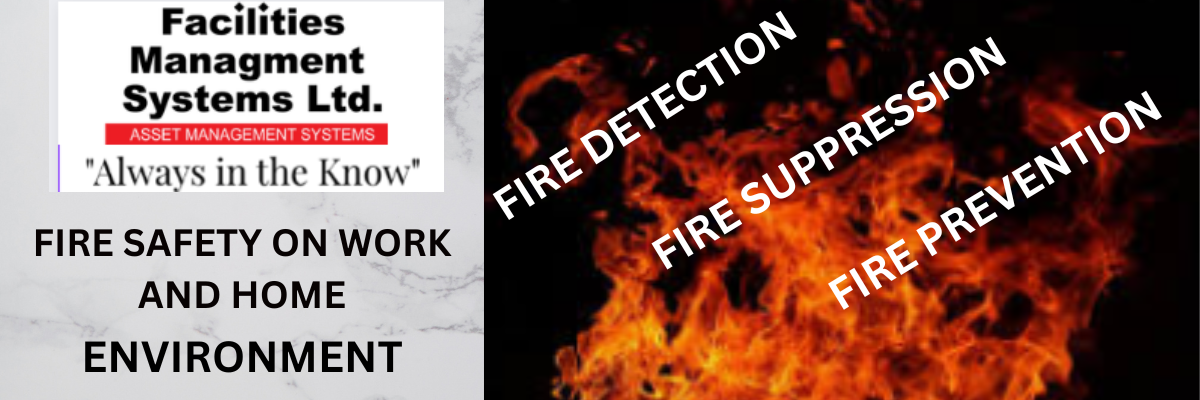Fire safety is paramount in safeguarding lives, property, and businesses. Whether in residential, commercial, or industrial settings, understanding fire detection, suppression, and prevention is essential. The CDL Group Team, with its expertise and commitment, stands ready to guide you through these critical aspects.
Fire Detection
Fire detection systems play a pivotal role in identifying fires early, allowing timely evacuation and minimizing damage. These systems employ various technologies, including smoke detectors, heat sensors, and flame detectors. In dwellings, standalone smoke detectors are common, while non-domestic buildings rely on comprehensive fire alarm systems. These systems swiftly respond to smoke, heat, or other fire indicators, ensuring rapid action.
Fire prevention strategies should include robust fire detection mechanisms. By understanding the Fire Detection Triangle (heat, oxygen, and fuel), we can minimize risks. Proper heat management, control of ignition sources, and adherence to safety alerts are crucial steps. For instance, regular chimney inspections, safe disposal of cigarettes, and awareness of electrical hazards contribute to effective fire detection and prevention.
Fire Suppression
Fire suppression systems are designed to detect and suppress fires before they escalate. These systems utilize different technologies, such as water-based, gas-based, and powder-based approaches. Here’s a brief overview:
- Water-Based Systems: These systems use water to cool and smother flames. They are prevalent in buildings, vehicles, and enclosed spaces.
- Gas-Based Systems: Employing gases like carbon dioxide or halon, these systems deprive fires of oxygen. They are ideal for sensitive environments where water-based systems could cause damage.
- Powder-Based Systems: Dry chemical powders interrupt the chemical reaction of the fire. They find applications in large, open industrial areas.
The CDL Group Team can guide you in selecting the right suppression system for your specific needs, ensuring optimal protection.
Fire Prevention
Preventing fires is the safest approach. The Fire Prevention Triangle—heat, oxygen, and fuel—guides our efforts. Here are some key strategies:
- Heat: Properly manage heat generated during processes. Control sources of ignition, inspect chimneys, and segregate building uses to prevent fire spread.
- Oxygen: Ensure safe smoking practices, dispose of cigarettes away from combustible materials, and be aware of oxygen-related risks.
- Fuel: Minimize fuel availability by practicing good housekeeping, securing light sources, and avoiding electrical overloading3.
Final Thoughts
In the face of fire risks, the CDL Group Team stands as your partner. From detection to suppression and prevention, our expertise ensures safety and peace of mind. Contact us today to fortify your fire safety measures and protect what matters most.




